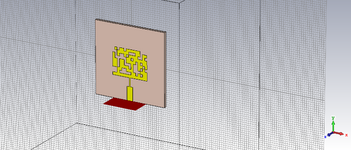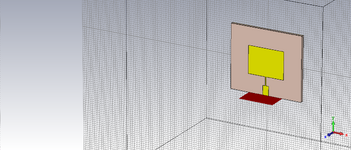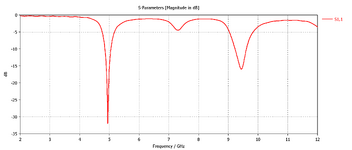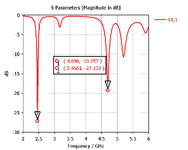demhaBay
Newbie
Good morning :
I'm working on the optimization of a rectangular patch antenna with matlab and Cst, and I find in the frequencies I find a negative gain up to -11.5 db, what is the method to follow to change the gain from negative to positive
I'm working on the optimization of a rectangular patch antenna with matlab and Cst, and I find in the frequencies I find a negative gain up to -11.5 db, what is the method to follow to change the gain from negative to positive



